Everywhere, infectious diseases are a significant issue for community health. The primary way people catch these is through touching a carrier or someone sick. Animals with diseases or their infected products can also be sources of infection. The signs of infectious disease change and hinge upon the disease agent.
These illnesses are spawned by harmful biological agents, like bacteria, viruses, and fungi. Tuberculosis, for example, comes from tiny organisms named mycobacteria. These mycobacteria are aerobic and rod-shaped with a metabolism that requires air.
Tuberculosis: It is a bacterial disease. In the old days, tuberculosis was widespread and a major social issue. Persistent doctor efforts over generations have helped curb its spread, though it remains common worldwide. Depending on where in the body the disease-causing bacteria are, the disease can take multiple forms. Most often, tuberculosis outbreaks are present in the lungs, as the bacteria have the most optimal environment to live there. However, there are cases where tuberculous lesions develop in the skin, bones, lymph nodes, brain, or genitourinary organs.
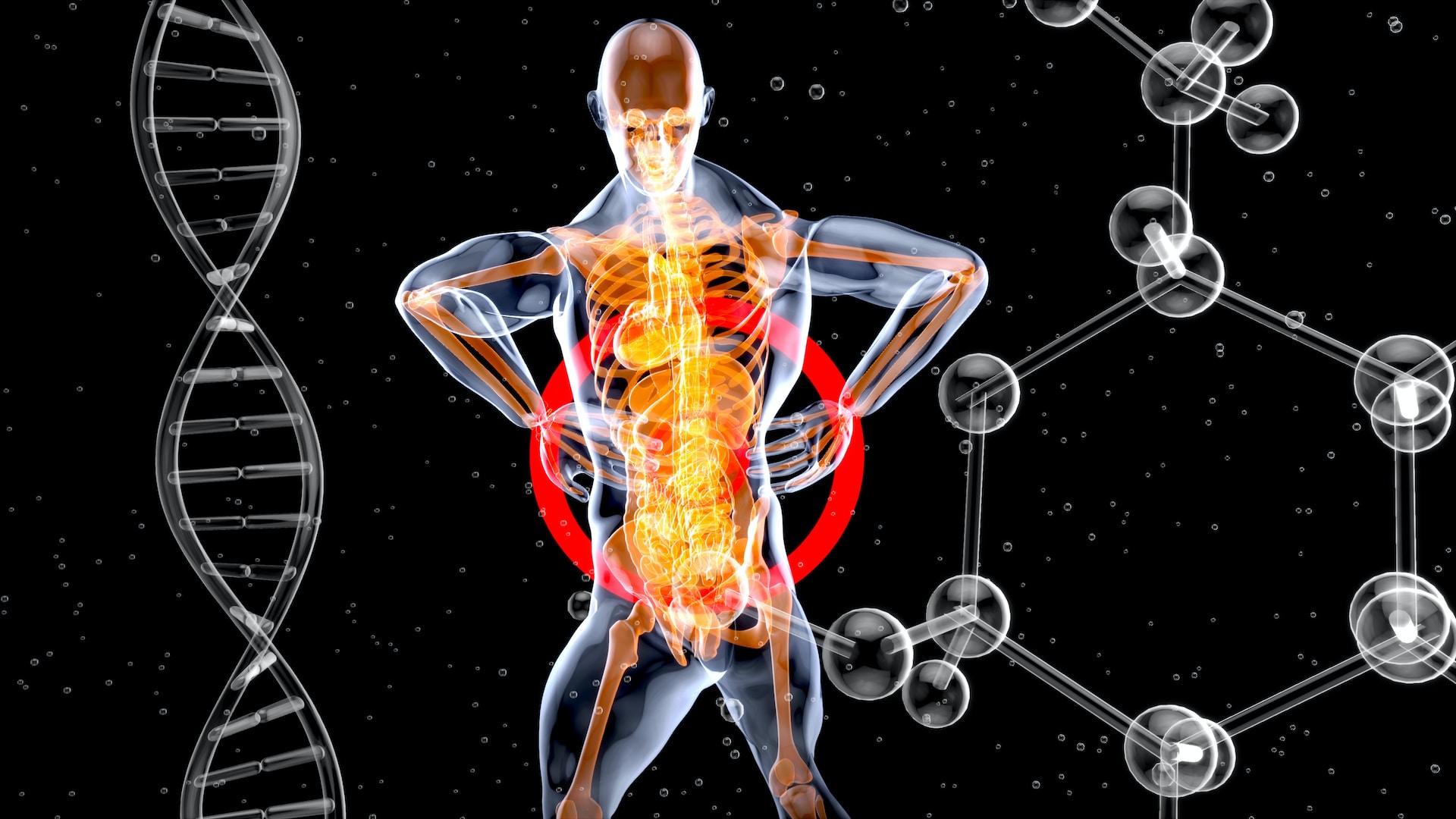
The direct cause of tuberculosis is an infection caused by a bacterium called Mycobacterium tuberculosis![]() . Mycobacteria are a sort of bacteria that can breathe oxygen. They're gram-positive. Their unique cell membrane makes them challenging, letting them resist certain antibiotics and cleanup agents. It's fascinating that they don't create toxins like other germs.
. Mycobacteria are a sort of bacteria that can breathe oxygen. They're gram-positive. Their unique cell membrane makes them challenging, letting them resist certain antibiotics and cleanup agents. It's fascinating that they don't create toxins like other germs.
The fact that mycobacteria aggressively multiply and withstand conditions inside host cells contributes to their harmfulness. Also, they can prompt an immunity reaction when inside someone's body. They're the ones responsible for causing TB upon entering the body.
There are also related species of mycobacteria other than Mycobacterium tuberculosis, but they do not usually pose a risk to adults who do not have immune system disorders. Only patients with immune deficiencies may become infected with other types of mycobacteria. In such cases, however, there is no tuberculosis, only mycobacteriosis. Mycobacteria are responsible for developing pulmonary forms, lymph node involvement, and disseminated forms.
A small number of mycobacteria are sufficient for tuberculosis infection to occur. Droplets most often transmit Mycobacteria after coming into contact with a sick person. A patient with pulmonary tuberculosis or laryngeal lesions excretes droplets of secretions![]() containing bacteria when coughing, sneezing, speaking, etc. The dried sputum droplets can persist in the air for several hours.
containing bacteria when coughing, sneezing, speaking, etc. The dried sputum droplets can persist in the air for several hours.
Infection after contact with infected fluids (e.g., pleural fluid) and through the gastrointestinal tract is much less joint. Not every contact with mycobacteria leads to infection. The frequency of contact with the sick person, the number of mycobacteria present in the sputum, and the frequency of coughing in the ill person are essential.
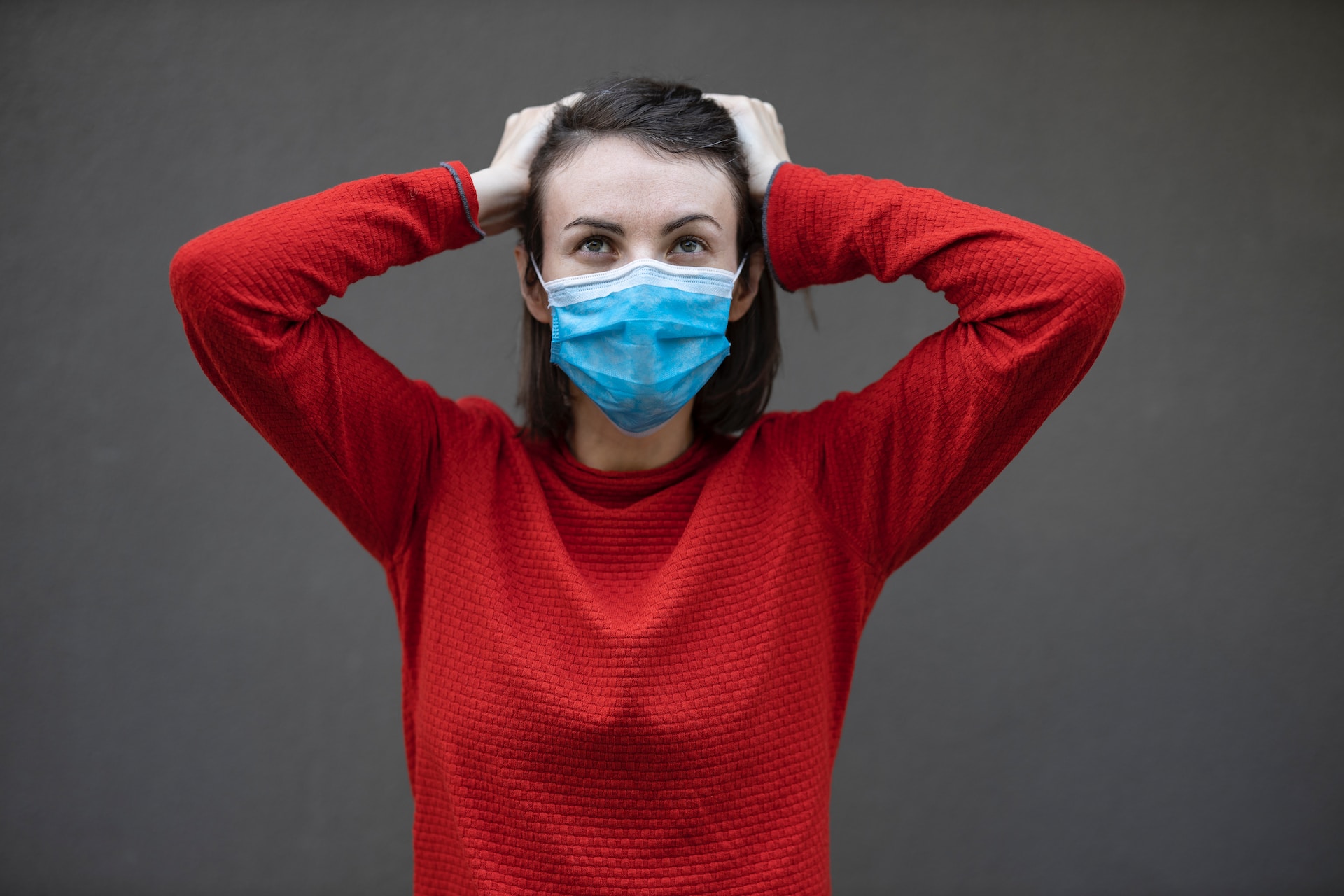
Certain factors contribute to a greater likelihood of contracting mycobacteria. These include:
Age – Children and young people are more vulnerable to tuberculosis. Such infection can occur at any time after birth. In children under five years of age and those with immunodeficiency, primary infection with mycobacterium tuberculosis can already lead to the development of the disease. If tuberculosis is diagnosed in a member of the child's immediate family and environment, it is essential to contact a doctor. In such cases, the child often requires a comprehensive diagnosis, usually in a hospital setting.
Reduced immunity – Cellular immunity plays the most crucial role in mycobacterium tuberculosis infection. Activation of the bacteria is favored by immune-compromising factors such as diseases, especially HIV infection and acquired immunodeficiency syndrome. In addition, tuberculosis can cause the development of the disease process immediately after receiving the infection, or mycobacteria can remain dormant, causing a latent infection. Infection's reactivation is what brings about disease symptoms. A good immune system often prevents triggering this dormant infection.
Malnutrition – When not enough nutrients or calories are consumed, the body can become malnourished. This often ties to eating less food or energy than what the body needs. Consequences include weight loss, depletion of body proteins, weakened natural and cellular defenses, and imbalances in body water and salts. Immunocompromised states increase the risk of tuberculous infections. Malnutrition is primarily manifested by deficiencies in body weight and growth, reduced physical and mental performance, and multiple metabolic disorders.
Stress – Tension is how our bodies respond to things that throw off our balance, push us, or go beyond what we can handle well. During tense times, the extra adrenaline produced pumps up our immune system's work speed. But, if this situation lasts too long, the immune system loses its order. This shift makes our bodies more open to getting sick.
Fatigue – Ongoing tiredness symbolizes deep weariness. It comes from mental or physical work, or sickness. Long-run tiredness may indicate lack of sleep or too many tasks in a day. If we're always tired even after sleeping 8 hours, our immunity could be dropping. Long-term tiredness can mess with our focus, mood, and actions. It can also hurt our immune system and lead to constant sickness.
Chronic diseases – Certain chronic diseases can grow the chance of getting tuberculosis. Diseases like diabetes and kidney failure are on the list. Diabetes can lower immunity, messing up our body's guard against diseases. Too much sugar in our blood affects how our white blood cells, our body’s protectors, work. Kidney failure, on the other hand, can cause the white blood cell count to drop. This brings a higher chance of getting sick.
Alcoholism – It refers to an uncontrolled and harmful drinking habit. It's a serious, possibly fatal condition that involves a compulsory craving for alcoholic drinks.People suffering from alcoholism often find it difficult to control their drinking. Current research suggests that alcohol can weaken crucial parts of our immune system, making us more prone to bacterial infections. Evidence also exists that alcohol, especially ethanol, can make us more vulnerable to viral illnesses and even enhance the growth of cancerous cells by affecting regular cell function.
Low social status – This term gives us a glimpse into someone's position in society. It often includes individuals who have been less lucky, born into poverty, and raised in tough situations. Unfortunately, low social status is associated with an increased possibility of chronic diseases, including mental disorders. It is often associated with poorer working conditions, unstable employment, and exposure to toxic substances. Homeless people and drug addicts are more at risk of tuberculosis infection.

Primary tuberculosis – Disease develops immediately after infection, before the full development of immune processes, has a tendency to spread lesions, no tendency to limit, strongly expressed exudative reaction, significant lymphatic response, early blood, and lymphopoietic effusions. Primary tuberculosis develops after the first contact with the pathogen; the most common symptoms involve the respiratory system, especially the lungs.
Post-primary tuberculosis – Post-primary tuberculosis is a tuberculous disease that occurs several months or years![]() after primary tuberculosis. It is usually the consequence of re-infection of the organism from outside. It is also very often the expression of superinfection from the organism's own, once stored or calcified, currently activated primary focus.
after primary tuberculosis. It is usually the consequence of re-infection of the organism from outside. It is also very often the expression of superinfection from the organism's own, once stored or calcified, currently activated primary focus.
A small number of people infected with mycobacteria tuberculosis will develop full-blown disease. Often, the body's defenses can control tuberculosis and keep it asleep, or latent. Once the tuberculosis bacteria enter the body, they can stay hidden, only to cause disease symptoms much later. In many people, these signs are not too extreme. But sadly, in multiple cases, the disease gets identified way too late.
Extrapulmonary tuberculosis, in particular, now very rare, is often difficult to diagnose. Due to the wide variety of signs, the symptoms of tuberculosis can be categorized according to the type of tuberculosis. Each character of tuberculosis will show symptoms typical of damage to specific organs and tissues.
Tuberculosis microorganisms most commonly attack the lungs. Lung involvement also does not always cause symptoms. In the symptomatic character of primary pulmonary tuberculosis, mycobacteria multiply in the alveoli. The immune system activates immune processes to neutralize the pathogens. As a result of it, inflammation develops in the lungs.
With the duration of the infection, so-called tuberculous granulomas form. These lesions then undergo necrosis, which irreversibly destroys the lung tissue![]() . Tuberculosis mycobacteria can enter almost every tissue in the body via the bloodstream, but not everywhere are the conditions suitable for their growth.
. Tuberculosis mycobacteria can enter almost every tissue in the body via the bloodstream, but not everywhere are the conditions suitable for their growth.

Tuberculosis of the lungs has the following symptoms:
Cough – Most commonly, patients complain of chronic cough. The cough may last over two weeks without improvement after antibiotic therapy. It is of various severities, usually slight at first, becoming more troublesome with time. In the early stages of the disease, the cough is generally dry, without expectoration of sputum. In more advanced tuberculosis, patients often expectorate mucous or purulent sputum.
Hemoptysis – This condition can cause some individuals to notice blood in their spit. This symptom can become severe in cases of advanced lung tuberculosis, resulting in a lot of blood. Hemoptysis is defined as the discharge of red blood or bloody mucus through coughing from our respiratory tract. There are many causes of hemoptysis; the most common are lung and bronchial diseases, including tuberculosis. Hemoptysis should be distinguished from hemorrhagic vomiting and pseudo-hemorrhages. True hemoptysis occurs when the patient presents with frothy sputum and bright red blood. Pseudo-hemoptysis, conversely, is blood from the mouth or nasopharynx that is eventually expected.
Chest pain – Pleural tuberculosis gives acute symptoms, and sometimes, but not in each case, there is chest pain. Chest pain can result from several diseases in both the lungs and heart, as well as in the bony scaffolding of the chest. The pain is usually located retrosternally and radiates throughout the chest, often to the neck and upper limbs, especially the left. The pain can feel like burning, pressing, squishing, or firm gripping. It often gets stronger when you exercise and lessens when you rest
Fever – You may have a low fever or high fever during lung tuberculosis. A fever means your body temperature is higher than normal and your body is working to keep it that way. A sub-febrile condition and fever are quite common in lower respiratory tract infections. When a sub-febrile state lasts for more than a week and is not accompanied by symptoms characteristic of a cold, it is necessary to visit a doctor, as it may indicate a severe illness and require appropriate treatment.
Weight loss – Losing weight without trying typically indicates an ongoing health issue. When investigating this weight loss, we first need to examine one's eating habits to see if they're suitable. Being sick can shift the way your body uses energy. Illness often boosts the body's need for energy, which leads to higher energy use and weight reduction. Furthermore, increased output in urine and instances of diarrhea that often occur during illness, both result in dehydration and weight decreases.
Dyspnoea – is a subjective sensation of shortness of breath and difficulty breathing. The feeling of breathlessness can occur in many circumstances, e.g., during rest or exertion. In healthy people, breathing problems often occur only after considerable strain on the body. Respiratory and lung infections, including tuberculosis, are the most common causes of breathlessness. Shortness of breath can also be triggered by, among other things, cardiovascular diseases, blood pressure problems, and the severe stress to which we are exposed. People struggling with stress usually also experience sudden panic attacks. Very often, breathing problems are experienced by people who suffer from neurotic disorders.
Pale skin – Pale skin, most commonly pale face, is a symptom of a skin color change. The pallor of the skin can have various causes. The disease most commonly suggested by pale skin is anemia. However, whiteness can also be caused by a tuberculosis infection. The pallor of the skin is a non-specific symptom that does not necessarily indicate disease. Sometimes, the skin may be naturally pale. Pallor at the cellular level is caused by a reduction in oxyhemoglobin in the blood vessels. Pallor that can be related to the whole body is particularly worrying.
Pleuritis rarely occurs spontaneously. Several diseases like pneumonia, tuberculosis and even cancer can lead to its formation. The pleura refers to the lung's surface covering, also lining the chest's inside. There's a distinct space known as the pleural cavity, situated between the chest wall and the lungs. Under normal conditions, it contains a trace of fluid that impact the movement of the lungs during respiration.
The involvement of the pleura by the disease usually results in the accumulation of various amounts of fluid in the pleural cavity![]() . Sometimes, it can be as much as several liters. This character of tuberculosis is relatively common in young people.
. Sometimes, it can be as much as several liters. This character of tuberculosis is relatively common in young people.
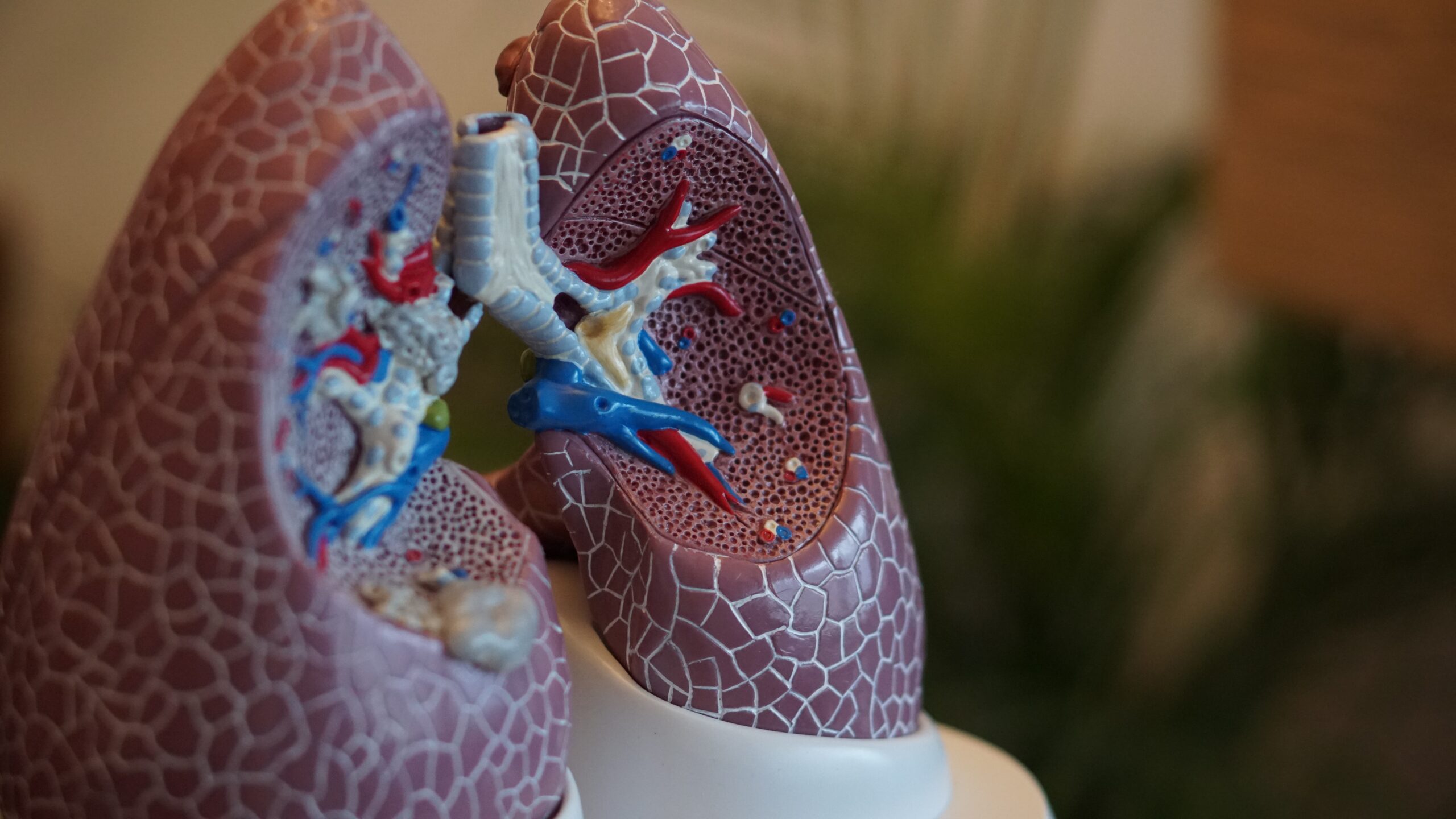
Unlike many different natures of tuberculosis, pleural involvement often causes acute symptoms, which include:
Symptoms of pleural tuberculosis are similar to the symptom complex seen in pulmonary tuberculosis. The difference is a serous pleural effusion. Pleuritis is a condition that may initially progress without the production of fluid. It manifests as pain in breathing, a dry cough, and sometimes a sloughing of the affected side of the chest.
In the later stages of the disease, there is usually an increased amount of inflammatory fluid (exudative pleuritis). The pain may then disappear, but dyspnoea and fever may also occur depending on the amount of fluid. Symptoms can often be confused with pneumonia or a heart attack.
It is an ailment that can be regarded as the development of post-primary tuberculosis, but also the location of the primary tuberculous lesion. In immunocompromised individuals, tuberculosis mycobacteria enter the lymph nodes and cause a transformation cycle there.
Tuberculous lymphadenitis is one of the mildest strains of tuberculosis and one of the varieties of extrapulmonary tuberculosis unrelated to weakened immunity. Lymph node![]() involvement in tuberculosis is usually a localized manifestation of a generalized infection. Mycobacteria enter the lungs, from there to the hilar and mediastinal lymph nodes.
involvement in tuberculosis is usually a localized manifestation of a generalized infection. Mycobacteria enter the lungs, from there to the hilar and mediastinal lymph nodes.

Symptoms include:
Swelling of the lymph nodes – The most characteristic and the first symptom of scrofulosis is enlargement of the lymph nodes. Initially, they are hard mobile, and the skin over them is not affected. To make sure if the lymph nodes are enlarged, put the palm of your hand against the area where they are located. If you feel a thickening, it is a sign that they are swollen. In the course of tuberculosis, swollen lymph nodes in the neck, head, and neck area, swollen preauricular, chin, submandibular, supraclavicular nodes, and swollen axillary, inguinal, subclavian, and intercostal nodes may occur. Usually, the lesions involve only nodes located on one side, but in children, significant lymph node enlargement may be bilateral. Over time, as tuberculosis progresses, reddening of the skin over the lymph node is observed.
Rhinitis – Enlarged lymph nodes in tuberculosis may be accompanied by rhinitis. Its characteristic symptoms are sneezing and a blocked nose. At first, the nose's runny secretions are thin, but as the sickness gets worse, they thicken. This makes it hard to breathe through the nose. It may also cause liquid to trickle down the back of the throat and a tickling sensation in the nose and throat.
Conjunctival inflammatory symptoms – When conjunctival inflammatory symptoms are also present, it can make diagnosis difficult because the condition resembles an allergic reaction in combination with rhinitis. Symptoms occurring during inflammation include burning, redness, watering of the eyes, presence of discharge, and pinching of the eyelids. On awakening, there is a feeling of sticky eyelids. On physical examination, the ophthalmologist notes the presence of purulent discharge, swelling of the conjunctiva, and superficial conjunctival irritation.
Loss of appetite – Ongoing tiredness and weakness can lead to less desire to eat, which may result in weight loss. Not feeling hungry when sick is often a normal response. The body rallies to battle the infection, which can lower your usual appetite. However, prolonged lack of hunger in children can have dangerous consequences in the character of weakness, anemia, or even dehydration.
Sub-febrile states – Sub-febrile conditions can also occur in this character of tuberculosis, but these symptoms occur less frequently. A sub-febrile state, i.e., an elevated body temperature, is a sign that the body is mobilizing to fight the disease. A sub-febrile condition does not require treatment, but monitoring the temperature and reacting when it rises is essential. However, it can be treated with home remedies such as cold compresses.
Skin fistulas – These are the symptoms of a very advanced state of tuberculosis infection associated with the lymph nodes. Skin fistulas in the lymph nodes do not tend to heal. When they rupture, exudation of accumulated pus is observed. As a result, the nodes shrink considerably, scar tissue appears at the exudate site, and the affected nodes' walls collapse. The pus that escapes from the nodes is infected. The fluid contains necrotic material accumulated in the nodes and tuberculosis mycobacteria. In about half of the cases, tuberculosis of the peripheral nodes is accompanied by lesions in different organs.
Genitourinary tuberculosis belongs to rare diseases, and its symptoms are not very characteristic. It is only with time that urinary complaints may appear. The organs usually affected by tuberculosis are the kidneys, ureters, bladder, urethra, and genital organs. In the latter case, direct infection from the host through sexual contact is possible, but in most situations, tuberculosis is a secondary infection.
Symptoms indicating that the bacteria have entered the genitourinary tract![]() are not very characteristic, making it difficult to diagnose and implement pharmacological management.
are not very characteristic, making it difficult to diagnose and implement pharmacological management.
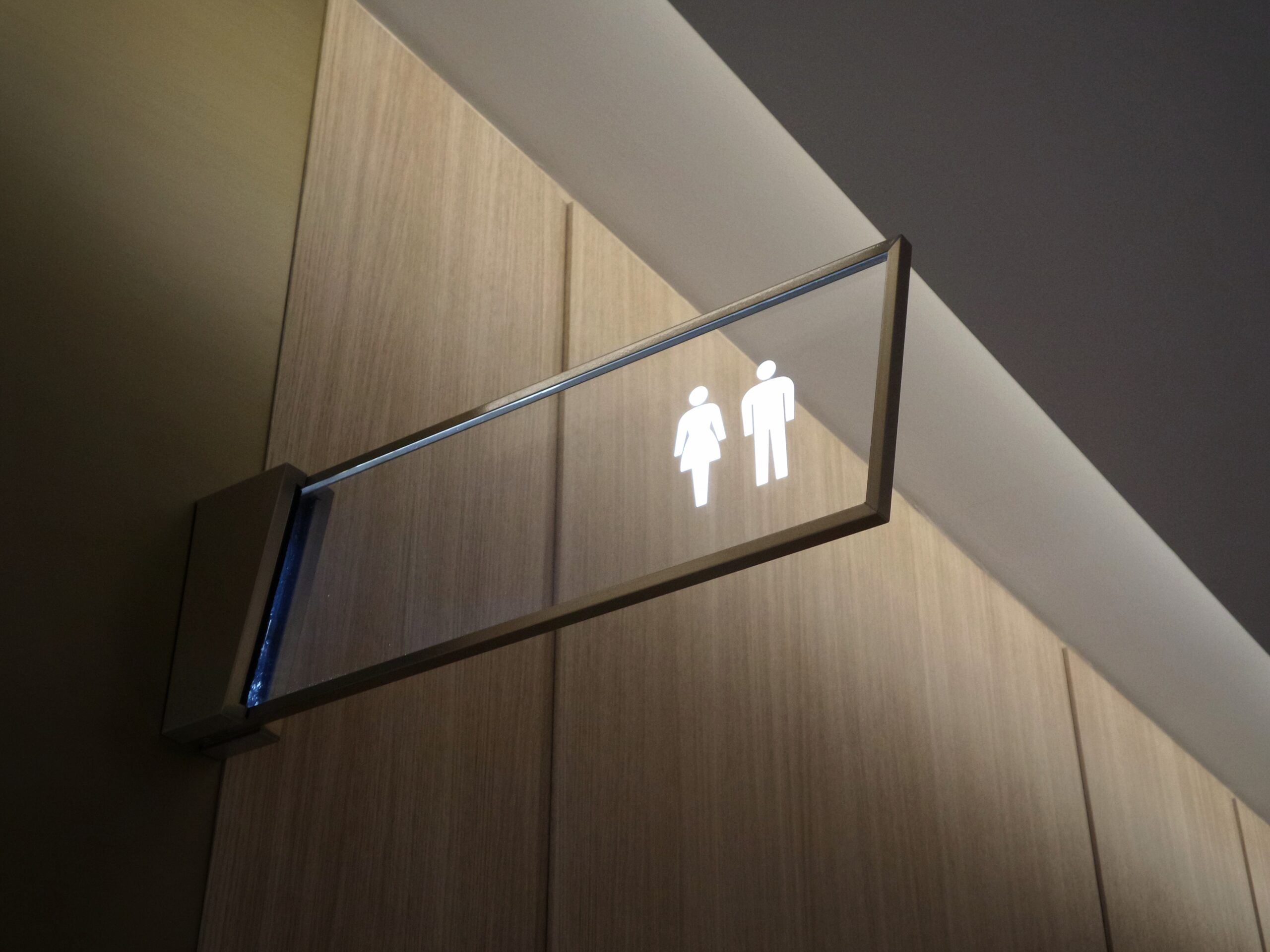
Symptoms include:
Fever – It is a typical symptom for all types of tuberculosis. Fever is a usual sign showing up with many illnesses. It's the body's way of fighting back. It begins when the body's defense cells see a menace. Producing inner-warming chemicals is the next step. These chemicals travel to the body's heat control center through the blood. Then, heat-boosting substances are created. These lift the body's heat-setting higher. As a result, your body's temperature rises to meet this new higher setting.
Sweating – Tuberculosis can lead to more sweating, particularly during nighttime. Night sweats are a vague symptom in several diseases and conditions. They usually happen when infections lead to a fever. Stress can be another cause. It's worth noting that many women go through symptoms such as night sweats in menopause.
Low back pain – This pain happens right in the back's center, specifically where the lower ribs and hips meet. This area has the lumbar portion of the back and is surrounded by muscles. Different reasons can cause such discomfort. Degenerative changes, sciatica, or disc prolapse are just some of them. Back pain can also be linked to diseases of the genitourinary system.
Dysuric symptoms – These are the symptoms that accompany urination. It can be frequent urination or, on the contrary, very infrequent urination. Dysuria is the term for any difficulty or discomfort when urinating. It does not always have to be painful urination, although this is most often what occurs. It can be a feeling of urge to urinate, frequent urination, pinching, itching, or stinging when urinating.
Testicular pain – In the case of involvement of the male genital organs, for example, the epididymides, patients complain not only of local symptoms in the form of pain but also of chronic inflammatory changes in the form of thickening and scarring. It's crucial to take time on diagnosing because testicular discomfort can be a sign of various problems. Some of the most common issues might need urgent surgery.
Menstrual disorders – Tuberculosis can affect women's reproductive system causing changes in their cycle, like infrequent or light periods. Issues like internal adhesions in the uterus and initial inability to conceive are common. Adhesions can be both, a natural body protection and a problem, causing unwanted and possibly harmful effects. Adhesions can cause complaints of pain, such as dull aches in the lower abdomen or mid-abdomen, but also bloating, a feeling of distension.
Results from infection with tuberculosis mycobacteria, which causes serous and necrotic lesions in the bone![]() . The most long-term location of tuberculosis mycobacteria is in the spine's vertebrae and the appendicular long bones. This type of tuberculosis does not initially cause any characteristic symptoms and can, therefore, develop asymptomatically.
. The most long-term location of tuberculosis mycobacteria is in the spine's vertebrae and the appendicular long bones. This type of tuberculosis does not initially cause any characteristic symptoms and can, therefore, develop asymptomatically.
Only after some time does a gradual increase in symptoms occur. The diagnosis is made by radiological examination, which shows more or less extensive infiltration and defects in the bone structures.
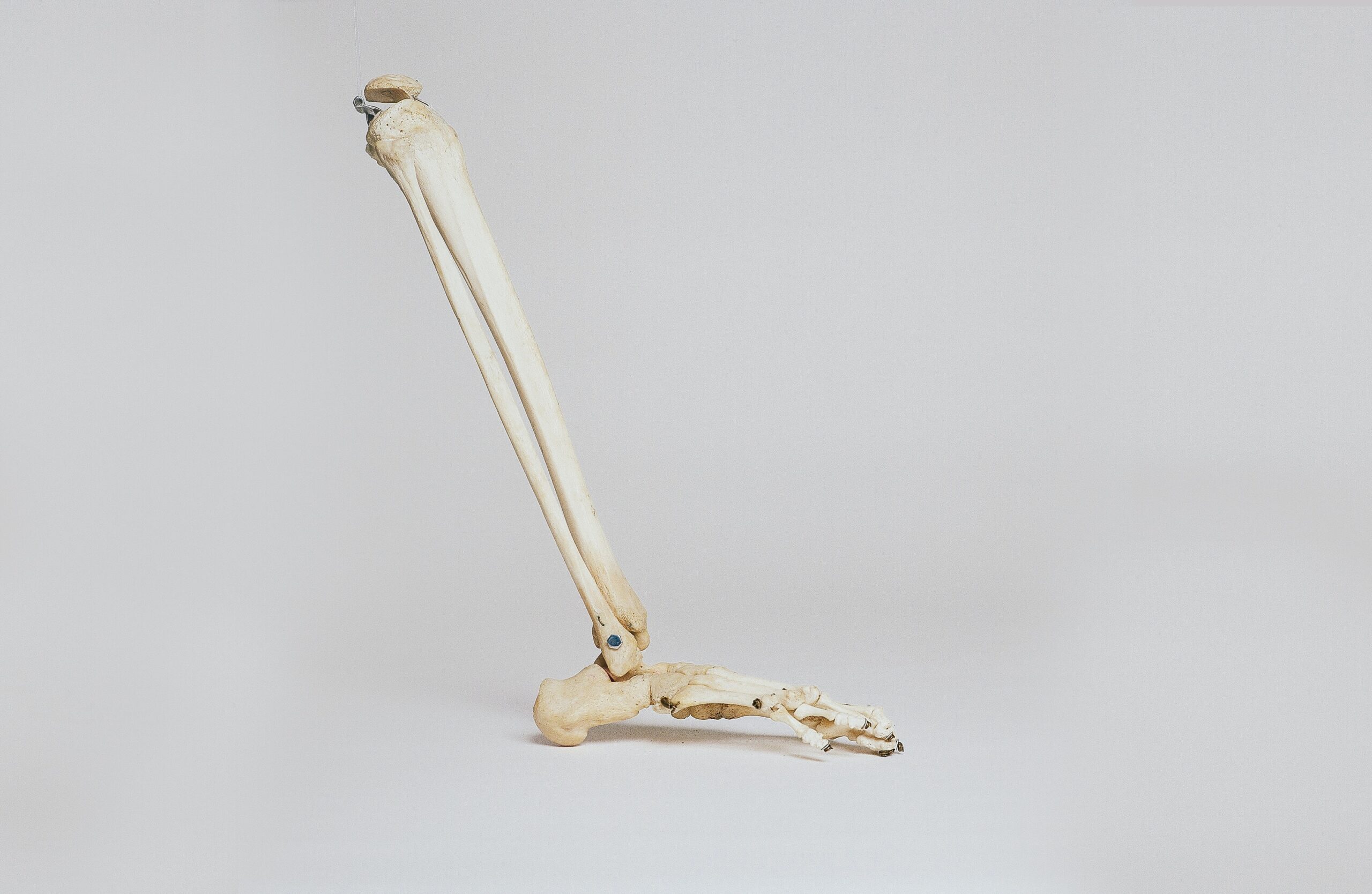
The following symptoms accompany tuberculous arthritis:
Bone pain – The symptom refers to very high tenderness, discomfort, and pain in one or more bone surfaces. If the disease attacks the spine, intercostal neuralgia, sciatica, and lumbago occur. Sciatica is a pain syndrome that usually originates in the lower part of the spine. The condition is caused by pressure exerted on the sciatic and spinal nerves that form it. Lumbago is the term for sudden and acute pain in the lumbar region. One bone or spine is usually affected.
Swelling and redness – Bone and joint tuberculosis reveals itself as inflammation and soreness in the joints, particularly those located in the chest (thoracic) and lower back (lumbar) regions. If the joints are affected, it often includes the hip and knee areas, showing as discomfort, swelling, and lessened mobility. Regular movements and daily tasks usually cause a troubling feeling for patients. Meantime, inflamed areas are often surrounded by reddened skin.
Joint cavity – Exudate is a liquid created when blood bits leak through the skin of irritated blood vessels. The body reacts to swelling by letting exudate gather in the spaces of the joints. Clinically, exudate is most commonly encountered in the knee joint, which has a complex structure and is exposed to a large amount of trauma. A small amount of fluid may go unnoticed, but a more significant volume increases joint circumference, restricted mobility, and sometimes pain. Thus, it also happens that when the exudate appears, the previous complaints decrease.
Bone fractures – Joint tuberculous can cause a hump to form. At times, it also leads to bones breaking. The structure of the bone can change and this can harm the bone structure, leading to bent or frail bones. That leads to breaks and problems with regular limb use. If tuberculosis of the bones and joints is not treated correctly, it can cause complications such as permanent damage to the joints, difficulty in movement, and even disability. In some cases, the infection may spread to different body parts.
Tuberculosis develops in the central nervous system![]() , usually in the meninges. This type of tuberculosis is considered the most dangerous and the most severe. Tuberculosis mycobacteria spread through the bloodstream, causing tuberculous tubercles in the meninges and brain tissue. The onset of clinical symptoms and the process's dynamics depend on the immunity level. At the beginning of the disease, there are usually mild sub-febrile states.
, usually in the meninges. This type of tuberculosis is considered the most dangerous and the most severe. Tuberculosis mycobacteria spread through the bloodstream, causing tuberculous tubercles in the meninges and brain tissue. The onset of clinical symptoms and the process's dynamics depend on the immunity level. At the beginning of the disease, there are usually mild sub-febrile states.

Over time, they join in:
Headaches – Chronic and intense headaches are most noticeable. Increasing headaches are symptoms that herald a progressive condition. They usually appear a few days after a sub-febrile state begins. At the end of this period, neck stiffness or, less frequently, different meningeal symptoms may be found.
Nuchal stiffness – This is a main clue of a meningeal infection. To see if a stiff neck is a sign of this, the patient should lie flat on their back. Try to gently move the patient's chin towards their chest. If the chin can't get closer to the chest because it's hard to move, it's a positive meningeal sign.
Vomiting – This is when food in the stomach is forced out through the mouth. This is because the stomach and chest muscles tighten hard. It is usually after a feeling of nausea. Nausea and throwing up often go together with a headache. Fever, chills, throwing up, headache, and stiff neck show up first usually. You might also notice higher sensitivity to things and moodiness.
Loss of consciousness – It is a sudden absence of total consciousness. The unconscious person does not respond to stimuli, commands, touch, or painful stimuli such as stinging, cold, or heat. The loss of consciousness may be brief, in which case it is syncope. In the course of tuberculous meningitis, intermittent unconsciousness may also occur. In untreated cases, coma, respiratory distress, and death happen in a few weeks. Sometimes, generalized convulsions occur.
Limb paresis – In a more advanced state of tuberculous meningitis, limb paresis may occur. Limb paresis is a dysfunction of the central or peripheral nervous system. Muscle paresis occurs when there is dysfunction in the motor pathway, resulting in a lack of impulse or impaired impulse reaching the muscle. In addition to this, epileptic seizures may also occur.
The spread of mycobacteria causes this type of tuberculosis via the bloodstream. Miliary tuberculosis occurs when mycobacteria from a primary or post-primary focus enter the blood and spread to the meninges, lungs, bones, or other organs. Miliary tuberculosis usually occurs one year after primary tuberculosis and, therefore, mainly affects children, who are very prone to acute tuberculosis, but it is not uncommon in adults.
It is a severe condition, lethal form of tuberculosis![]() , very often confused with typhoid fever. During the treatment of miliary tuberculosis, hospitalization of the patient is necessary. Miliary tuberculosis is characterized by nodules that are often localized in the spleen, meninges, peritoneum, kidneys, or bone marrow.
, very often confused with typhoid fever. During the treatment of miliary tuberculosis, hospitalization of the patient is necessary. Miliary tuberculosis is characterized by nodules that are often localized in the spleen, meninges, peritoneum, kidneys, or bone marrow.

Symptoms of miliary tuberculosis located in the lungs include:
Cough – It is a general symptom of tuberculous infections. It is of various severities, usually slight at first, becoming more troublesome with time. In the advanced stage of the disease, the cough becomes wet, and the patient expectorates sputum. In long-term undiagnosed and untreated tuberculosis, hemoptysis or massive pulmonary hemorrhages occur.
Shortness of breath – During this type of tuberculosis, shortness of breath also occurs. Shallow breathing or shortness of breath is the unpleasant feeling of not having enough air in the lungs. You may then feel that, despite breathing, there is still insufficient life-giving oxygen in your lungs. In addition to it, you may notice accelerated breathing.
Septic state – In miliary tuberculosis, the patient's condition is very severe, as in the course of sepsis. Sepsis is defined as a dangerous, life-threatening organ dysfunction caused by the spread of microorganisms. As for the symptoms that are observed in people with sepsis, these can include high fever and severe weakness. These symptoms are typical of a systemic inflammatory reaction.
Cyanosis – Cyanosis, or inadequate oxygen saturation of the blood, is a condition whose main symptoms are a change in skin color, nails, and mucous membranes, which turn from light pink to blue. It is associated with an abnormal amount of oxygenated hemoglobin, a pathological form of hemoglobin in the blood, or an impaired blood supply.
Apathy – Apathy is one of the psychiatric conditions whose main symptoms are an unwillingness to do daily activities and a need for seclusion. In addition, the patient or patient struggles with reduced sensation of emotions and physical stimuli. In tuberculosis, it is associated with significant weakness. The unpleasant discomforts accompanying the disease significantly decrease well-being, and apathy appears.
Symptoms of poisoning – These signs point to typhoid fever and body poisoning. Typically, typhoid fever is a harsh sickness with intense fever and a depleted overall state of the patient. In grown-ups, multiple organs often exhibit symptoms: headaches, loose stools, liver and spleen swelling, and the patient's overall state is critical. A typical constant symptom is enlargement of the spleen, and positive meningeal signs are often present. Systematic weight loss may also occur.
Diagnosis of the disease based on clinical symptoms alone in the case of tuberculosis is not possible due to the low specificity of the symptoms. There are many diseases whose symptoms may resemble pulmonary tuberculosis or different types of tuberculosis. For this reason, specialized diagnostic tests are necessary. More accurate and effective methods for detecting active and post-infection antibodies are now available. Tests for the diagnosis of tuberculosis include:
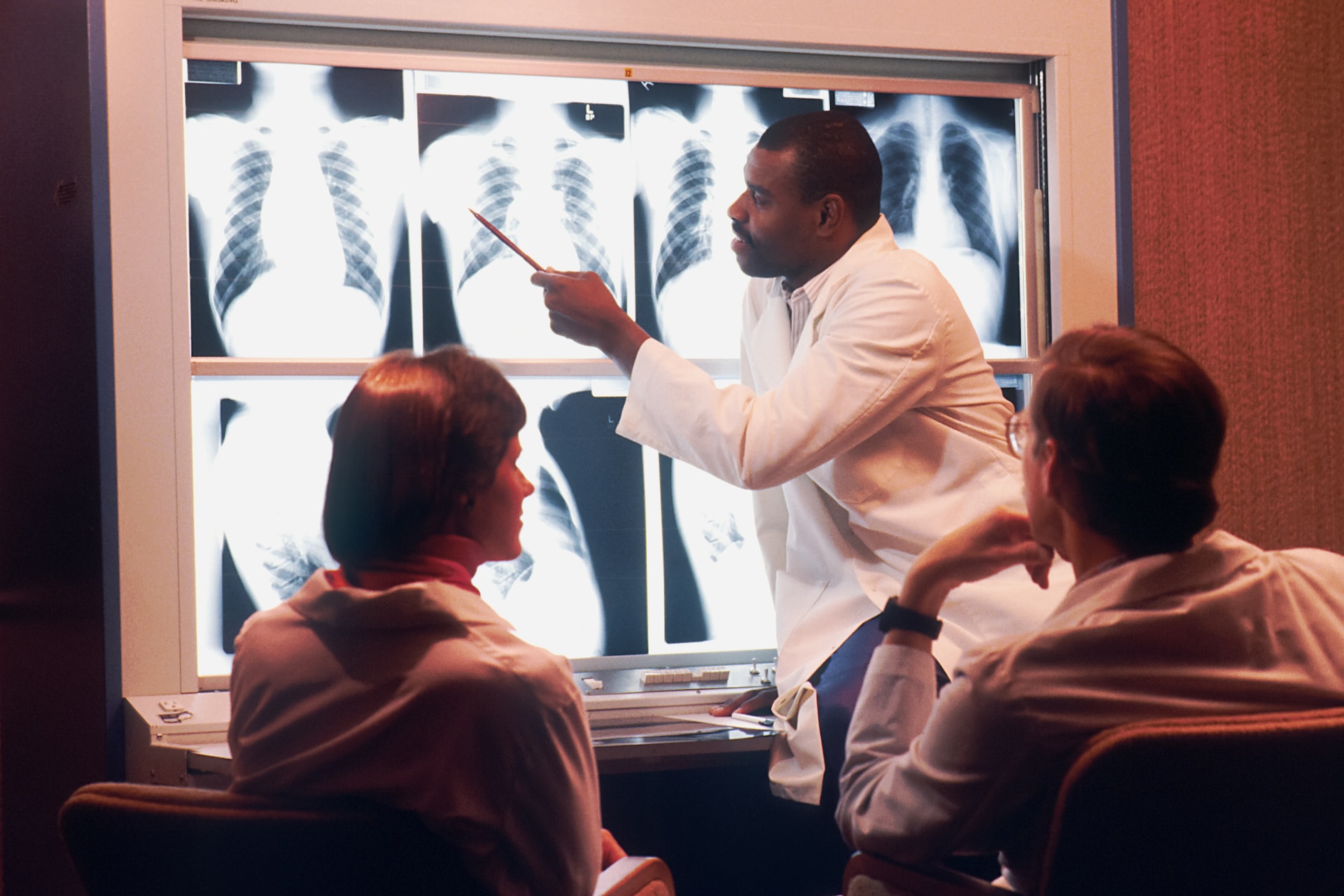
Examination of expectorant secretions – The primary investigation in diagnosing tuberculosisnis the examination of secretions. Culture is a test involving the culture and identification of the bacterial species in the expectorated secretions. At the same time, an assessment of the resistance of the bacteria to specific antibiotics is available, making it much easier to plan effective treatment. The direct evaluation of the preparation allows a quicker diagnosis. When expectorating sputum for examination, care should be taken to ensure that it is indeed bronchial expectorant secretions and not saliva. If the patient cannot expectorate sputum, expectoration can be provoked by inhalation with a sodium chloride![]() solution.
solution.
Radiological examination of the lungs – If a doctor thinks a disease might be present based on symptoms or results from an X-ray, they'll often use this as a diagnostic method. Chest X-rays are especially handy for looking at the lungs, heart, and chest area. They can help find the cause of things like hard-to-shake coughs, chest pain, or difficulty breathing. These tests can also track how treatment for different lung illnesses is going. But, it's important to know that more tests may be needed for a full diagnosis.
Bronchoscopy – Bronchoscopy is a test. Doctors use it when a patient likely has a disease. It involves taking a sample from the patient's bronchial tubes. The material is examined by smear and culture. Bronchial specimens![]() , taken from lesions visualized during bronchoscopy or a tissue fragment taken during surgery, may also be sent for examination. As tuberculosis can affect a wide range of organs, in some situations, virtually any biological material taken from a patient can be sent for analysis.
, taken from lesions visualized during bronchoscopy or a tissue fragment taken during surgery, may also be sent for examination. As tuberculosis can affect a wide range of organs, in some situations, virtually any biological material taken from a patient can be sent for analysis.
Blood test – Tests based on i********n secretion can be performed from blood drawn from a vein. Proteins from Mycobacterium tuberculosis get mixed with our blood. If our body has met mycobacteria before, our blood's lymphocytes respond to these proteins. This reaction prompts our immune system to create a special protein named i********n-gamma![]() . This protein is vital in battling tuberculosis. It is a valuable test because previous vaccination against tuberculosis does not affect the result.
. This protein is vital in battling tuberculosis. It is a valuable test because previous vaccination against tuberculosis does not affect the result.
Tuberculin purified protein derivative (PPD) – This involves injecting a standardized amount of highly purified mycobacterial culture![]() filtrate into the skin of the forearm. The preparation is administered intradermally, so the injection is not painful. The body of a person with previous contact with mycobacteria reacts with an immune response to mycobacterial antigens. An erythema develops on the skin at the injection site, and a thickening can be felt under the fingers. Small blisters may form on the skin in people with a highly active immune response.
filtrate into the skin of the forearm. The preparation is administered intradermally, so the injection is not painful. The body of a person with previous contact with mycobacteria reacts with an immune response to mycobacterial antigens. An erythema develops on the skin at the injection site, and a thickening can be felt under the fingers. Small blisters may form on the skin in people with a highly active immune response.

Tuberculosis treatment differs because mycobacteria have special traits. These bacteria don't respond to many usual antibiotics due to their unique structure. The slow rate at which they divide and their ability to become dormant means treatment must be lengthy. Interrupting medicine, treating them briefly, or using too few drugs means the most drug-resistant bacteria will survive. The following methods of tuberculosis treatment are used:
Anti-tuberculosis drugs – Once tuberculosis is confirmed in a patient, treatment with antibiotics and so-called anti-tuberculosis drugs![]() is implemented. The plan for successfully treating a patient is complex and takes a relatively long-term process. Pharmacotherapy can take up to two years in the case of antibiotic-resistant
is implemented. The plan for successfully treating a patient is complex and takes a relatively long-term process. Pharmacotherapy can take up to two years in the case of antibiotic-resistant![]() bacterial strains. The treatment of tuberculosis is a two-step process and requires several types of drugs. Some patients, typically those struggling with stubborn tuberculosis, receive different treatments with varying medicines.
bacterial strains. The treatment of tuberculosis is a two-step process and requires several types of drugs. Some patients, typically those struggling with stubborn tuberculosis, receive different treatments with varying medicines.
Surgery – This is another option, in certain situations. The process involves removing lung sections damaged by tuberculosis marks. In patients with active tuberculosis, planned surgery should be postponed until the patient has received adequate treatment.

The essential methods of tuberculosis prevention include avoiding contact with tuberculosis patients or suspected tuberculosis patients, prompt diagnosis and implementation of treatment for tuberculosis patients, isolation of tuberculosis patients who are in the mycobacterial stage, and frequent ventilation of the premises. In addition to it, a tuberculosis vaccine![]() is also available.
is also available.
Bacillus Calmette-Guéri (BCG) vaccine – The BCG, or Bacillus Calmette-Guérin vaccine, holds live but weakened mycobacteria. It shields babies and kids from severe tuberculosis traits, like tuberculous meningitis. Safety is a plus with BCG vaccines. Reactions after the jab are not common. If they occur, it is not painful and tends to heal independently. BCG vaccine can cause dangerous infection characteristics, e.g., disseminated infection in immunocompromised persons. For this reason, it must not be given to children with severe immunodeficiency who have had tuberculosis. Children infected with HIV and newborns of mothers with tuberculosis should not be vaccinated.
Tuberculosis is an infectious disease. It is caused by mycobacteria, primarily affecting the respiratory tract. Tuberculosis infection occurs via the droplet route. A persistent cough, lost appetite, weight shedding, night sweats, and a high fever could indicate this condition. Yet, symptoms might change based on where in the body the mycobacteria live, complicating diagnosis.
The infection's position and signs label it as either pulmonary or extrapulmonary tuberculosis. Pulmonary tuberculosis represents the majority of tuberculosis cases and can be in the character of miliary tuberculosis, pneumonia, or fibro-osseous tuberculosis. Extrapulmonary tuberculosis accounts for a small proportion of cases of the illness and most commonly involves the pleura, lymph nodes, genitourinary system, bones, joints, brain, and meninges.
Tuberculosis bacteria can exist in the body in a dormant state and show symptoms even years later. People with weak immune systems are more likely to contract tuberculosis. Things like HIV, heavy drinking, drug use, smoking, immune weaknesses, and being underweight increase your chances of getting tuberculosis. Treating tuberculosis usually involves strong medicine specifically for combating the disease.
Table of Contents
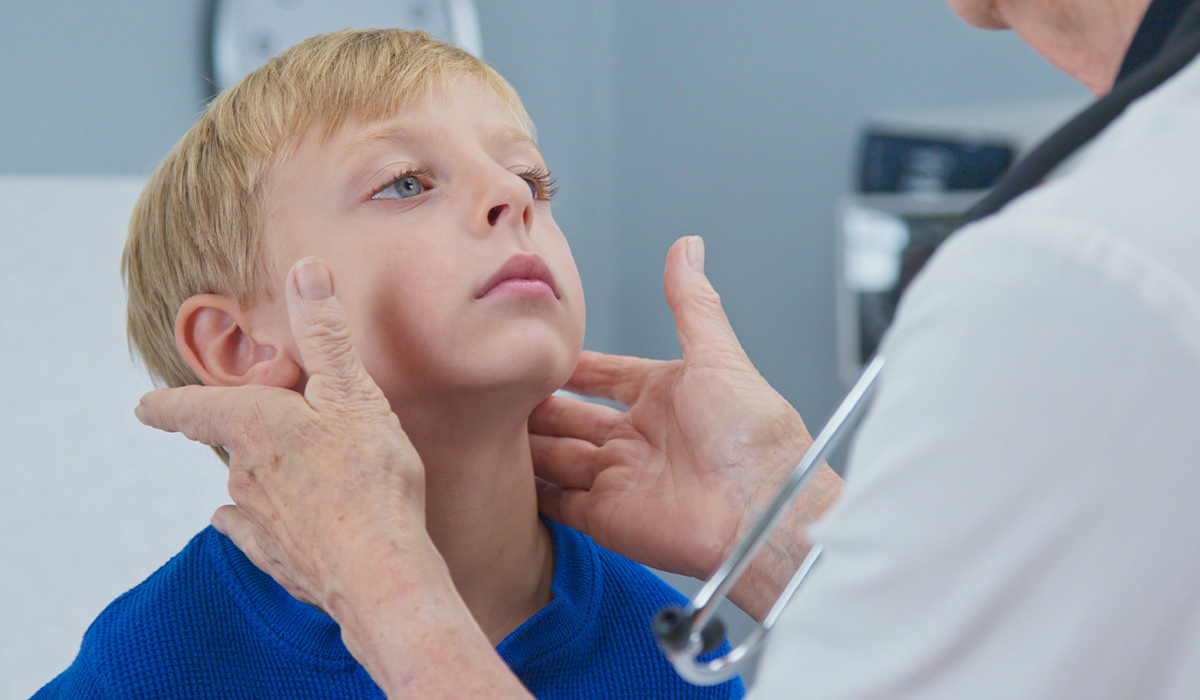
Swollen lymph nodes often occurs as a result of upper respiratory tract infections or infectious diseases. What are the symptoms?… read more »
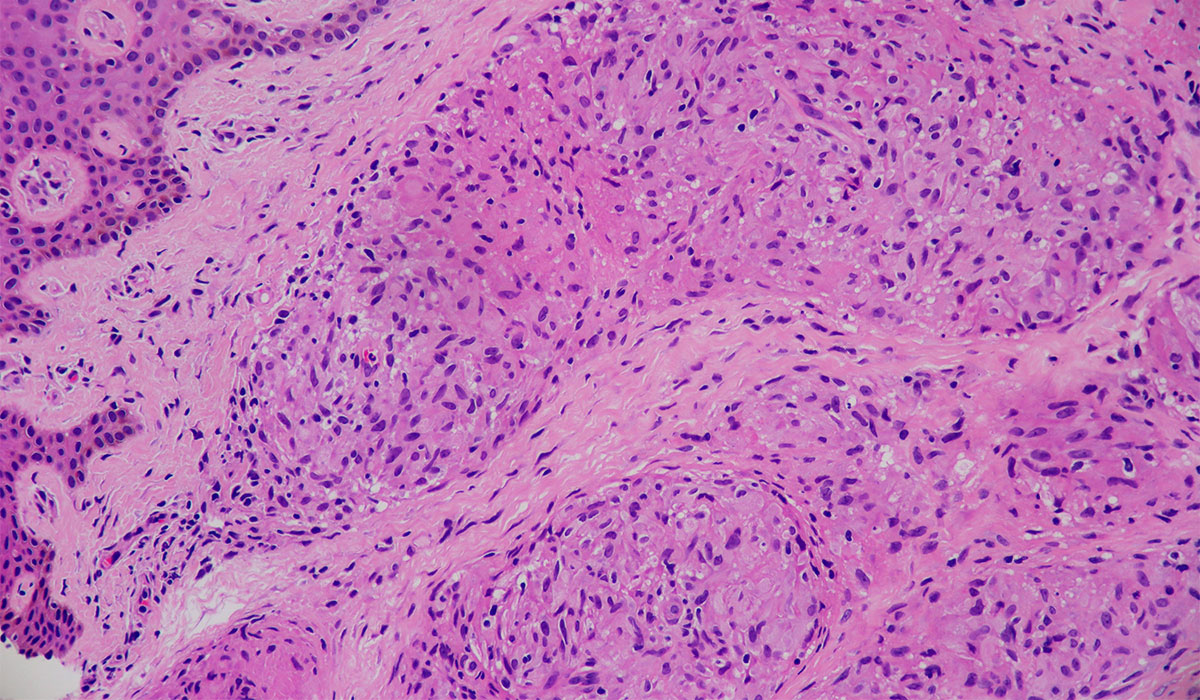
Sarcoidosis is an autoimmune disease, meaning the body attacks its own tissues. What are the symptoms of sarcoidosis? How is… read more »
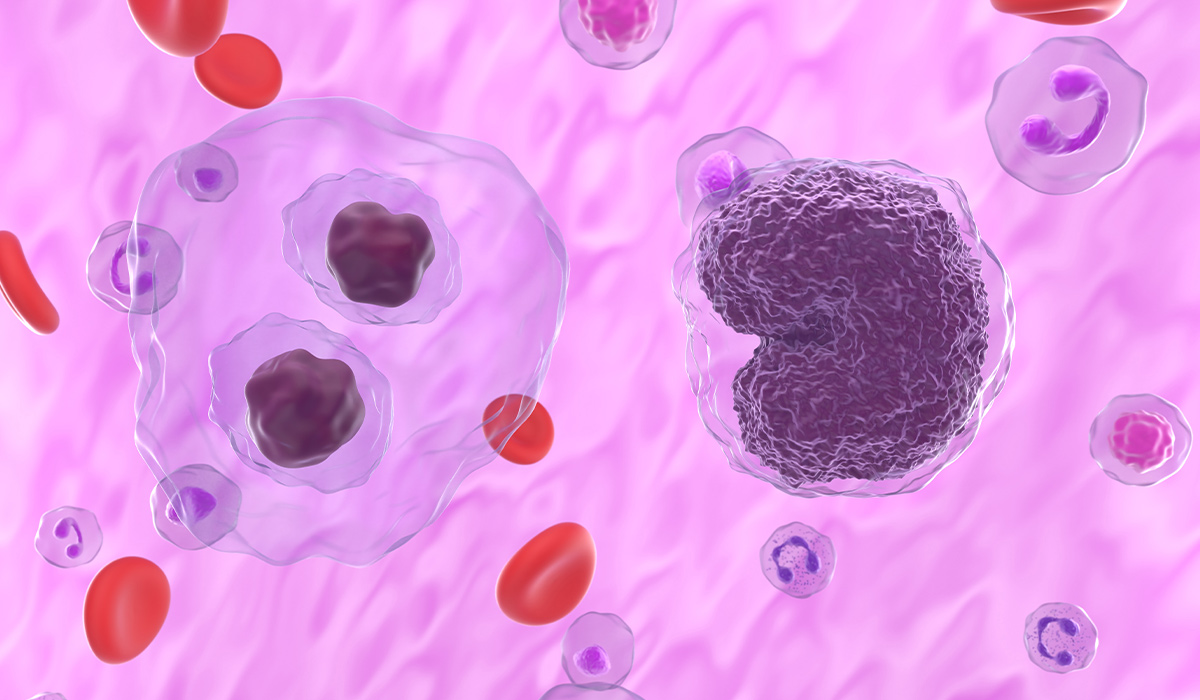
Lymphoma is a cancer of the lymphatic system. It is formed from lymphocytes – white blood cells. What are the… read more »

The human lymphatic system is an important support for the immune, circulatory and even digestive systems. What are its functions?… read more »
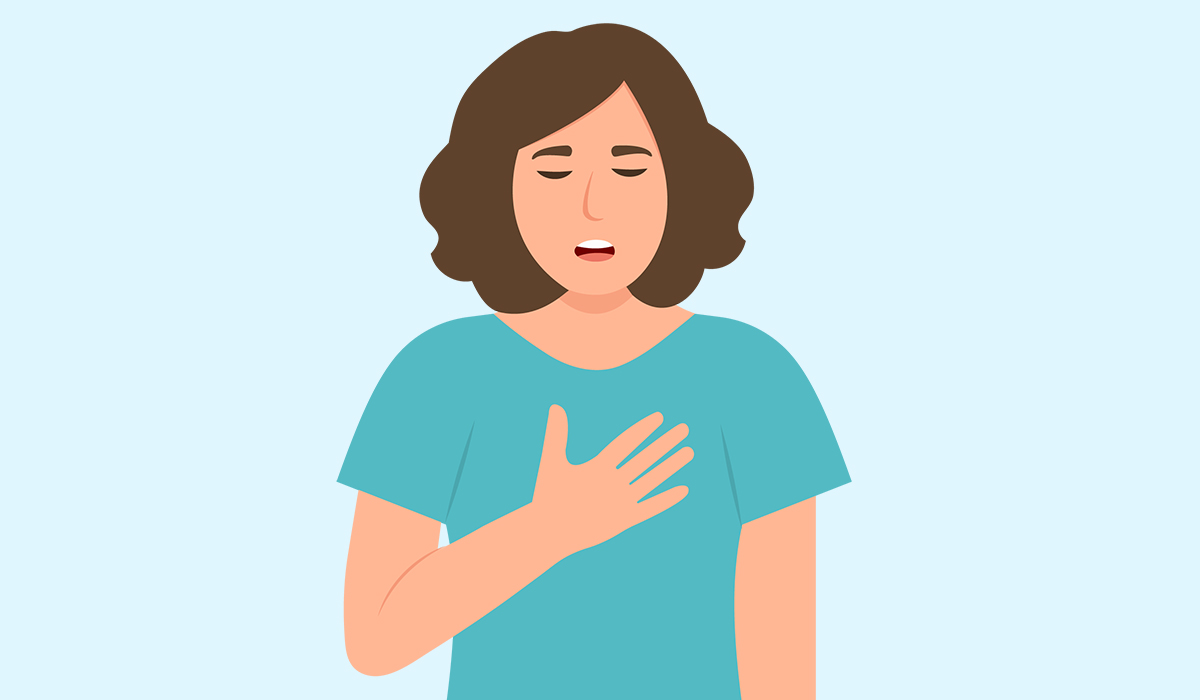
Chest pain refers to any discomfort, pressure, tightness, or pain that occurs in the chest area. It can vary in… read more »
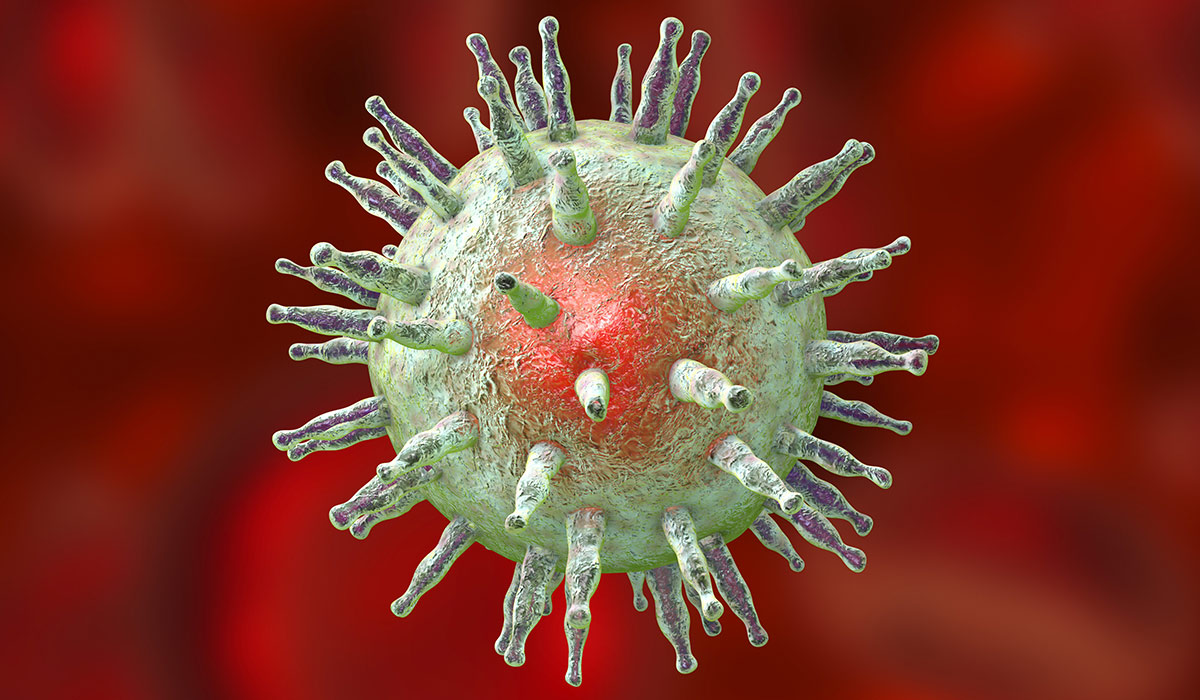
Epstein Barr Virus is a pathogen that causes infectious mononucleosis and many other diseases. Learn about the risks associated with… read more »
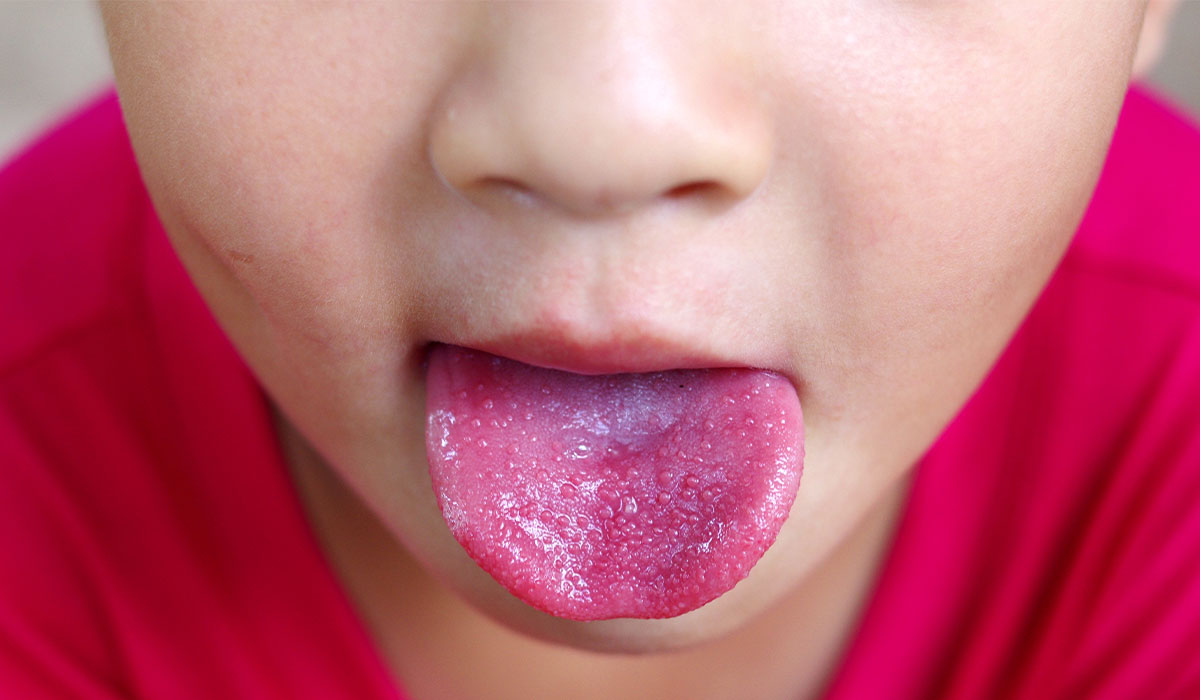
Scarlet fever is an infectious disease caused by bacteria. Infection most often occurs through droplets or contact with contaminated objects.… read more »
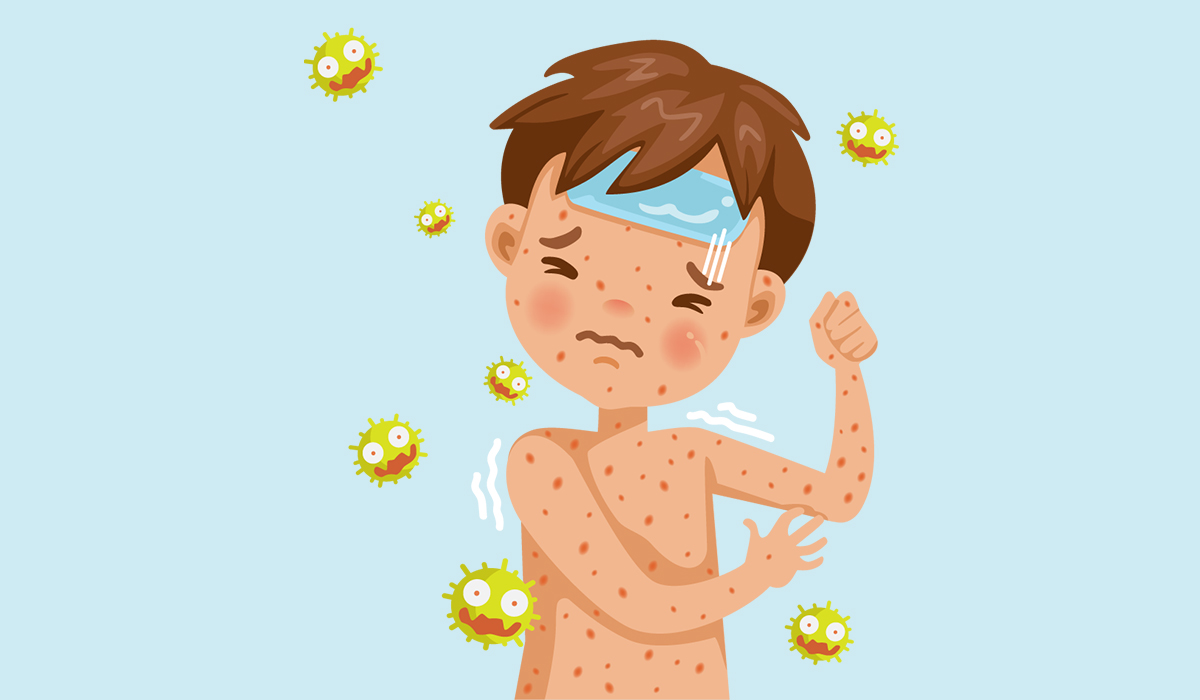
Rubella is an infectious disease caused by a specific type of virus. It is most commonly diagnosed in children. Find… read more »

Pneumothorax is a condition that develops as a result of air entering the pleural cavity. What are the causes and… read more »